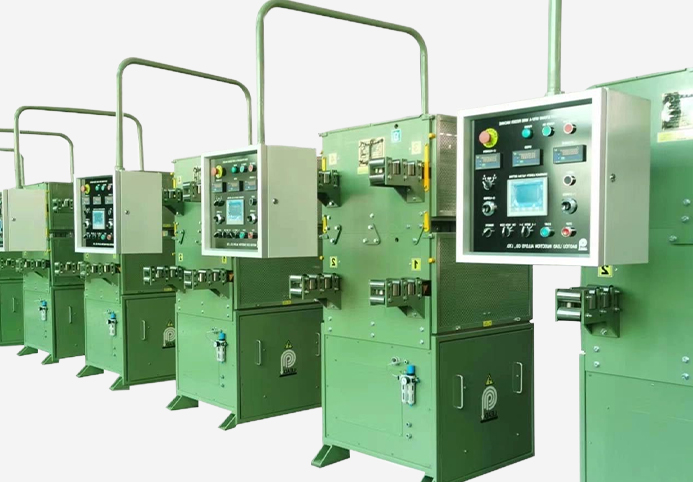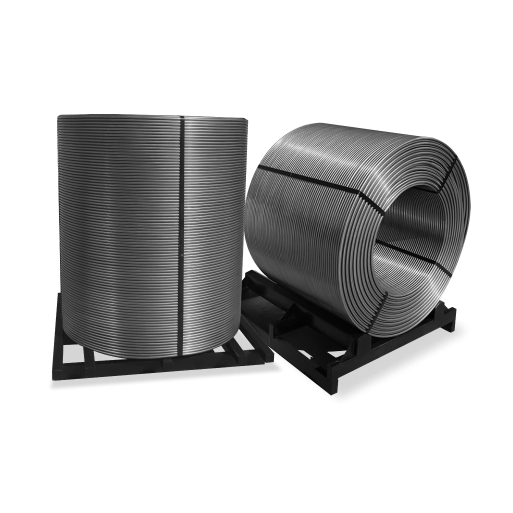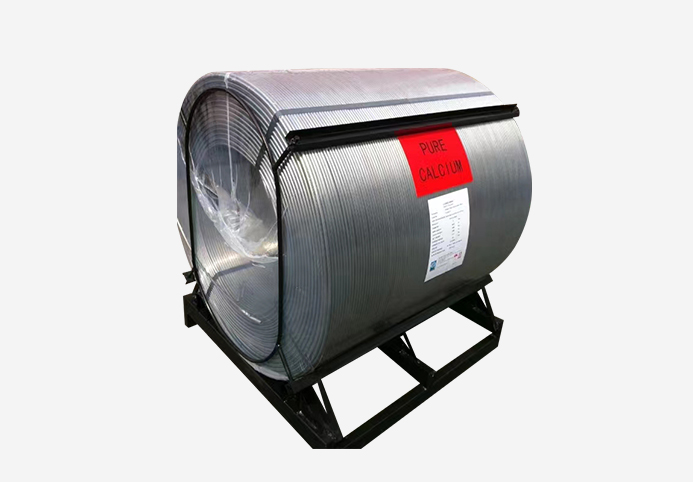
In the ever-evolving landscape of steelmaking, the Wire Feeder Machine emerges as a technological catalyst, driving precision and efficiency at the heart of the manufacturing process.
Let us delve into the importance of this specialized equipment and its paramount role in shaping the future of steel production.
“What is a Wire Feeder Machine in Steelmaking?”
A Wire Feeder Machine is an integral component in the steelmaking arsenal, designed to automate the delivery of alloying elements into the molten metal. This precision tool plays a pivotal role in optimizing the composition of steel, ensuring consistency, and contributing to the overall enhancement of metallurgical properties.
“The Purpose of Wire Feeder Machines in Steelmaking: Precision Alloying and Efficiency”
1. Alloy Precision and Consistency:
- Purpose: The core function of the Wire Feeder Machine in steelmaking lies in delivering alloying elements with unparalleled precision. This precision ensures a consistent and uniform distribution of alloys, a critical factor in achieving desired steel properties.
2. Enhanced Metallurgical Control:
- Purpose: Wire Feeder Machines empower steelmakers with precise control over the introduction of alloying elements. This level of control allows for fine-tuning the metallurgical composition, contributing to the production of high-quality steel with tailored properties.
3. Reduction of Material Waste:
- Purpose: By automating the alloying process, Wire Feeder Machines significantly reduce material waste. This not only optimizes resource utilization but also aligns with sustainability goals, promoting an eco-friendly approach to steel production.
4. Streamlined Operations:
- Purpose: Wire Feeder Machines streamline the steelmaking process by automating the delivery of alloying elements. This automation minimizes manual intervention, enhancing operational efficiency and reducing the likelihood of errors in the alloying stage.
5. Adaptability to Industry Requirements:
- Purpose: These machines are adaptable to a wide range of steel grades and industry specifications. Their versatility ensures that steel producers can meet diverse customer requirements and comply with evolving industry standards.
6. Quality Assurance:
- Purpose: Wire Feeder Machines contribute to overall quality assurance in steelmaking.
The precise alloy delivery that they provide contributes to the creation of steel products with consistent mechanical properties, meeting or exceeding the stringent quality standards of the industry.
“How Do I Classify Good and Bad Wire Feeder Machines?”
Classifying a wire feeder machine for steelmaking involves evaluating various aspects related to its performance, reliability, and impact on the steel production process. Here are key criteria to help distinguish between a good and a bad wire feeder machine:
1. Consistency in Wire Feed:
- Good Wire Feeder Machine: Provides a consistent and smooth wire feed, ensuring a steady supply of alloying elements into the molten metal.
- Bad Wire Feeder Machine: Exhibits erratic wire feed, leading to fluctuations in alloy distribution and potential inconsistencies in the final steel product.
2. Precision Control:
- Good Wire Feeder Machine: Offers precise control over the rate of wire feed, allowing operators to adjust parameters according to specific metallurgical requirements.
- Bad Wire Feeder Machine: Lacks precise control, making it challenging to fine-tune the alloying process and achieve the desired steel composition.
3. Compatibility and Adaptability:
- Good Wire Feeder Machine: Is adaptable to various steel grades and specifications, accommodating different wire diameters and alloy types.
- Bad Wire Feeder Machine: Shows limitations in compatibility, restricting its use to specific applications and materials.
4. Durability and Build Quality:
- Good Wire Feeder Machine: Exhibits robust construction and durability, capable of withstanding the harsh conditions of steelmaking environments.
- Bad Wire Feeder Machine: Shows signs of wear and tear, frequent breakdowns, or malfunctions, leading to production interruptions.
5. Ease of Maintenance:
- Good Wire Feeder Machine: Is designed for ease of maintenance, with accessible components and clear documentation for troubleshooting.
- Bad Wire Feeder Machine: Requires frequent and complex maintenance, resulting in extended downtime and increased operational challenges.
6. User-Friendly Interface:
- Good Wire Feeder Machine: Features an intuitive and user-friendly interface, facilitating ease of operation and minimizing the risk of errors.
- Bad Wire Feeder Machine: Has a complicated or confusing interface, increasing the likelihood of operator mistakes and hindering overall efficiency.
7. Integration with Automation Systems:
- Good Wire Feeder Machine: Integrates smoothly with other automation systems in the steelmaking process, enhancing overall efficiency and coordination.
- Bad Wire Feeder Machine: Struggles with integration, leading to disruptions in the workflow and coordination with other equipment.
8. Feedback and Performance Monitoring:
- Good Wire Feeder Machine: Provides feedback mechanisms and performance monitoring tools, allowing operators to track and optimize the machine's performance.
- Bad Wire Feeder Machine: Lacks feedback mechanisms, making it challenging to identify and address performance issues promptly.
9. Supplier Reputation:
- Good Wire Feeder Machine: Comes from a reputable supplier with a history of delivering reliable and high-quality equipment.
- Bad Wire Feeder Machine: Is associated with a supplier known for subpar products or a lack of customer satisfaction.
Regular maintenance, performance monitoring, and adherence to manufacturer guidelines are crucial for ensuring that a wire feeder machine continues to operate at its best. Collaborating with reputable suppliers and manufacturers also plays a vital role in determining the quality and reliability of a wire feeder machine for steelmaking.
Conclusion:
In essence, the Wire Feeder Machine emerges as an indispensable part of the steelmaking landscape. Applying superior wire feeder machines improves precision, efficiency, and sustainability in steelmaking. As the steel industry advances, premium wire feeder machines constantly promise steel quality consistency and contribute add-on values for high-quality steel production in a rapidly evolving global market.
Baotou Lead Injection Alloys Co., Ltd. is a professional manufacturer of premium cored wires and wire feeder machines to assist you in producing high-quality steel since 2001.








